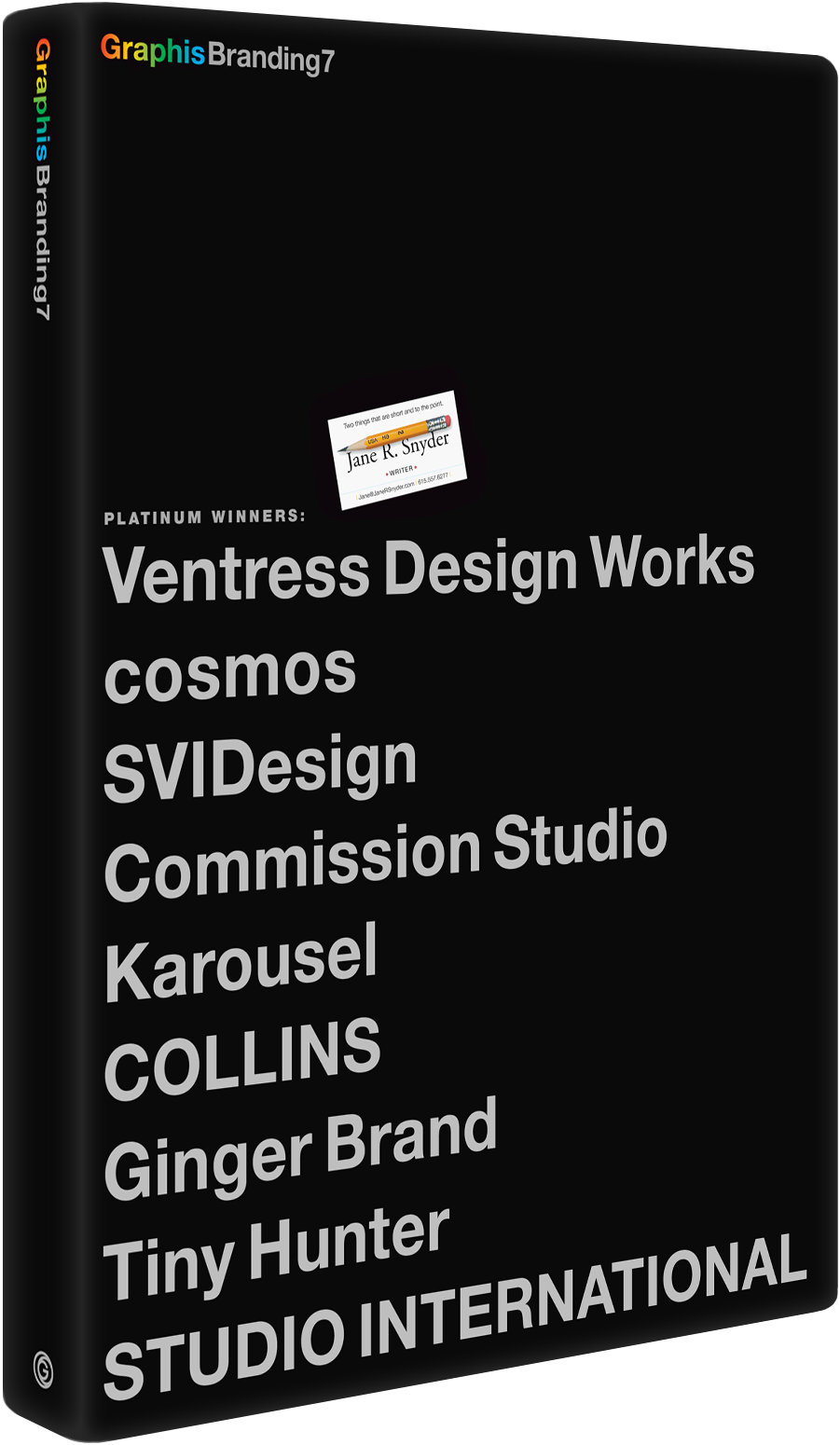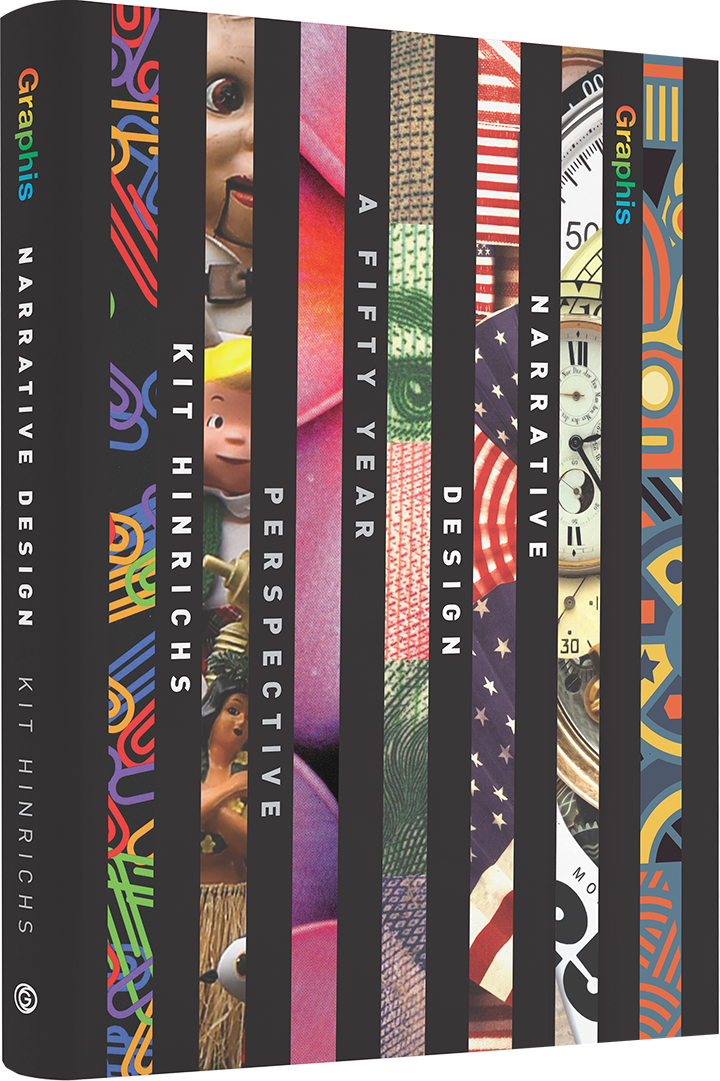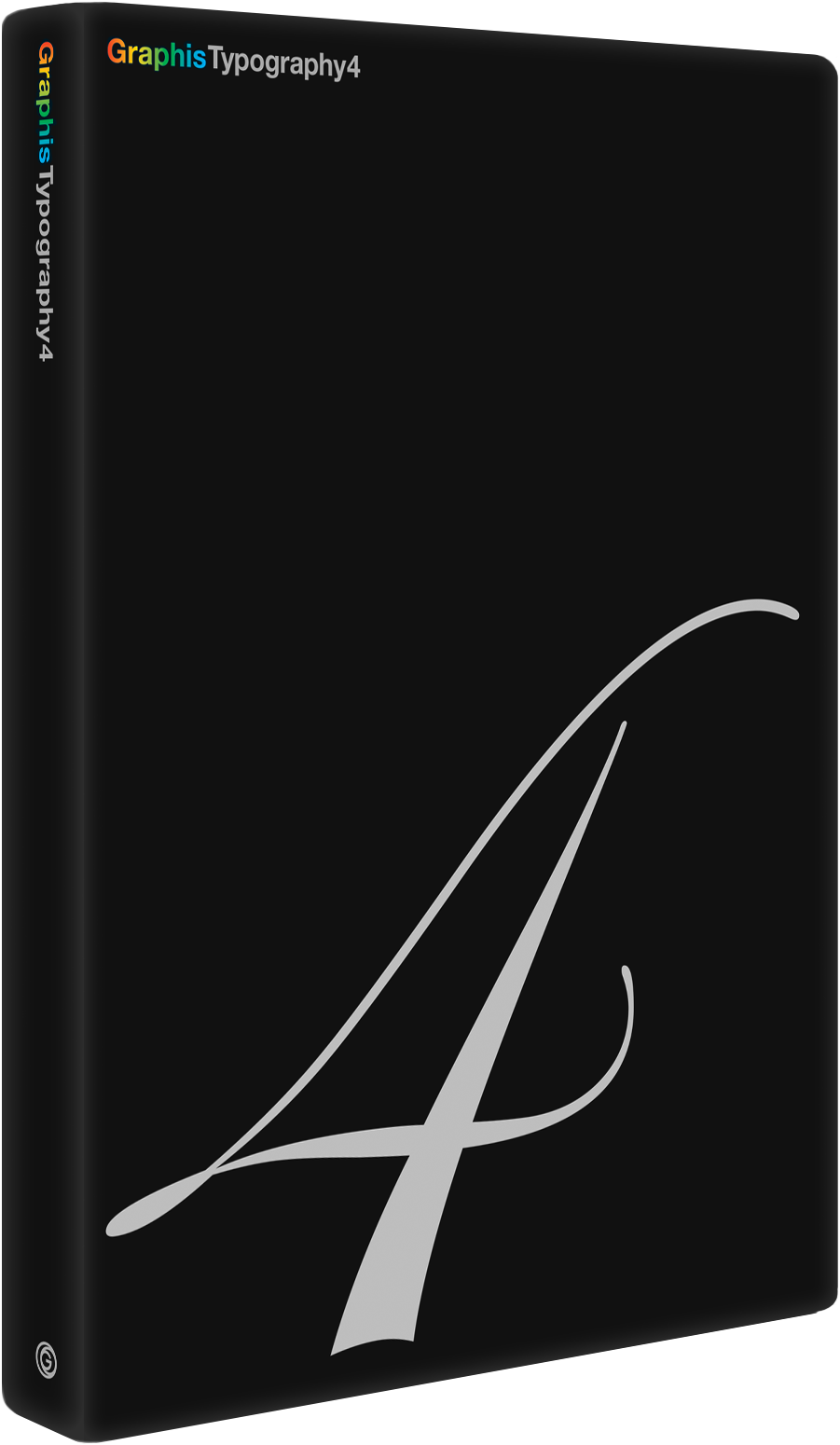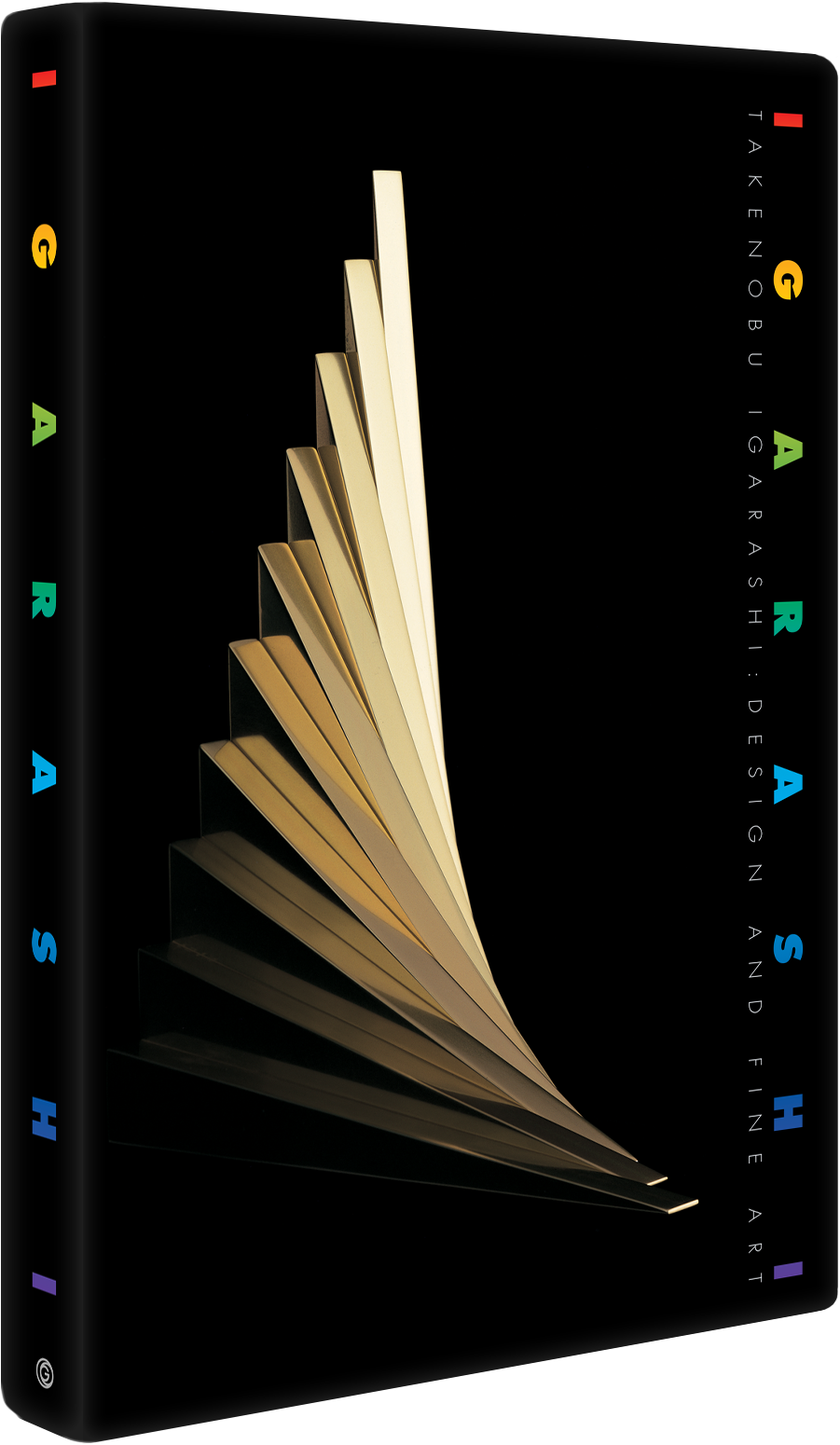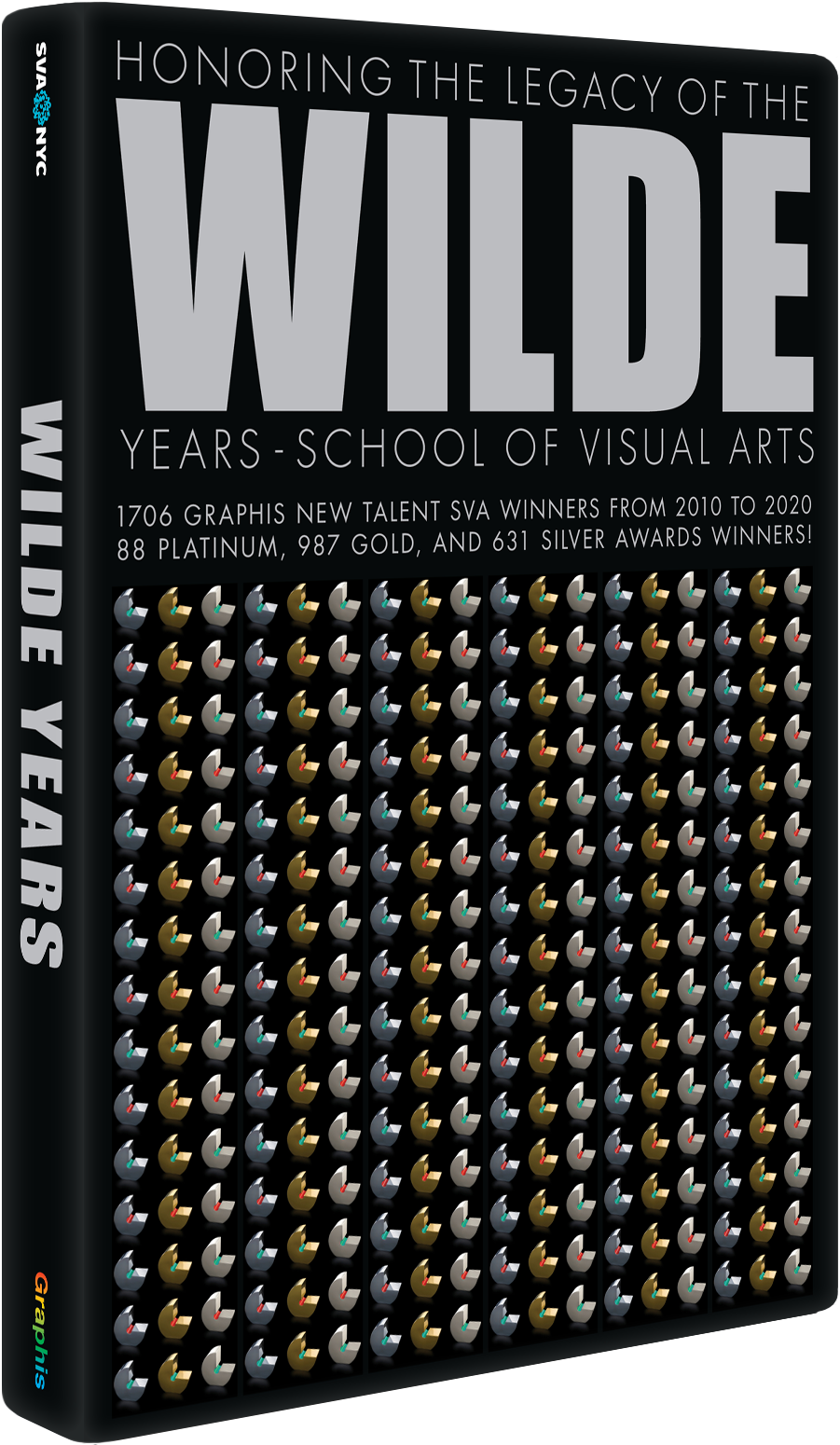Express Newark Brand Identity
Competition:Design Annual 2021
Award:Silver
Design Firm:Design Consortium
Client:Express Newark
Categories:Branding, Print
DesignerDesign Consortium
StudentAngel Lopez
StudentYosmany Michviv
StudentMarsha Shnayder
StudentNii Solomon
StudentSarah Barcelos
StudentVeronica Benavides
StudentRochelle Anne Bernal
StudentTim Cahill
StudentMark Carrione
StudentAndrea Cassar
StudentMichael Cocciadiferro
StudentShawn Collins
StudentAndrew Da Silva
StudentBianca Dasne
StudentKen Delasalas
StudentJes D’Auria
StudentWill Gilligan
StudentJennifer Jacob
StudentWilfredo Jimenez
StudentTinhinane Khelifi
Country:United States







